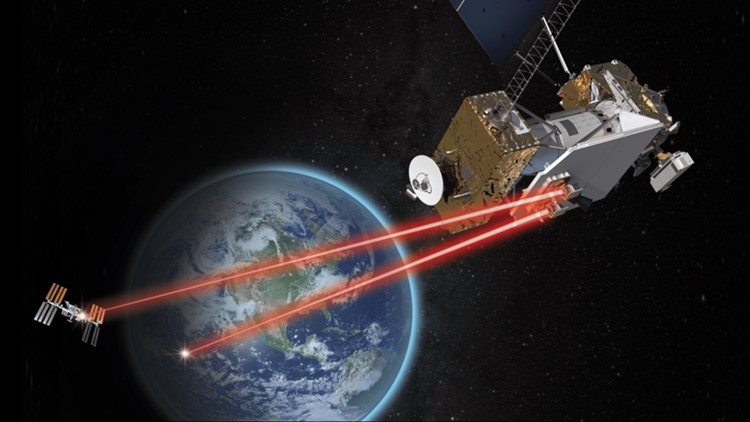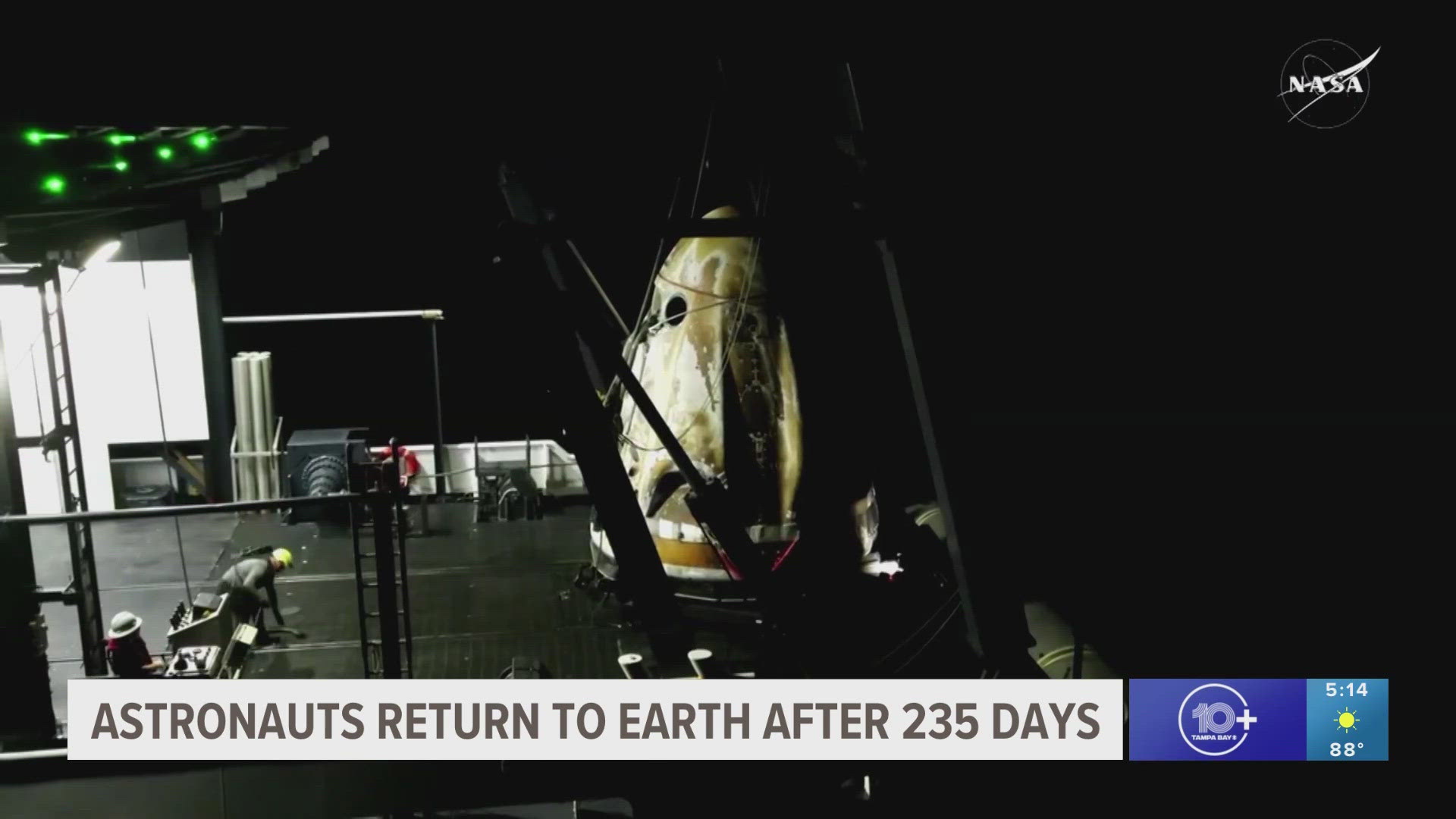CAPE CANAVERAL, Fla. — If you think you've had a hard time communicating with someone over the phone, let alone in person back on Earth, add space into the mix and things just get a bit more complex.
That's why NASA is turning to something a bit out of the ordinary to help revolutionize a new way of "talking" with Earth – lasers.
"Laser communications, also known as optical communications, will further empower missions with unprecedented data capabilities," the nation's top space agency wrote.
Transferring over to a laser-based form of space communication will allow NASA to accelerate its data transfers and make room for more discoveries. It will also require less cargo volume and lessen the drain of spacecraft power systems, according to the agency.
RELATED: A NASA spacecraft is going to crash into a near-Earth asteroid. Don't worry, it's intentional
Officials say they believe lasers will enable 90-percent more data to be transmitted back to Earth than the current radio frequency systems.
"This technology demonstration could pave the way for the equivalent of high definition footage to be transmitted back to Earth the next time humans step foot on the Moon with NASA’s Artemis missions," NASA wrote.
So, how does it work? NASA says laser communications operate off infrared light, which is invisible to the human eye but can be found in things like TV remotes and heat lamps.
The infrared light then packs data into tight waves that will traverse space to reach ground stations back here on Earth and provide data to those who need it. While that sounds simple, NASA says being off by even a fraction of a degree with laser communications can result in missing a target entirely.
"Like a quarterback throwing a football to a receiver, the quarterback needs to know where to send the football, i.e. the signal, so that the receiver can catch the ball in stride. NASA’s laser communications engineers have intricately designed laser missions to ensure this connection can happen," NASA wrote as an example.
NASA's first payload to test the new form of communication is called the Laser Communications Relay Demonstration (LCRD). The laser will launch on a United Launch Alliance Altas V rocket from Cape Canaveral Space Force Station in Florida.
Liftoff is now set for 4:04 a.m. ET on Dec. 7 after the mission's original target date was pushed back, twice. ULA says the first reason for the scrub was due to a leak discovered in the Rocket-Propellant-1 ground storage system.
The latest delay is a result of teams needing "additional time to verify the sample integrity of the fuel prior to tanking operations," according to ULA.
Once in geosynchronous orbit (22,000 miles above Earth), the LCRD will work to support missions in the "near-Earth region." To start, NASA says LCRD will test laser communication capabilities for two years in an effort to refine technologies and increase knowledge.
From there, it will experience its first in-space use through a mission set to launch to the International Space Station in 2022.
"Sunday’s launch of this technology is an important step in readying a laser communications system for an operational mission, such as at the Moon or Mars, as we can’t replicate the same conditions with tests on the ground," NASA wrote.



